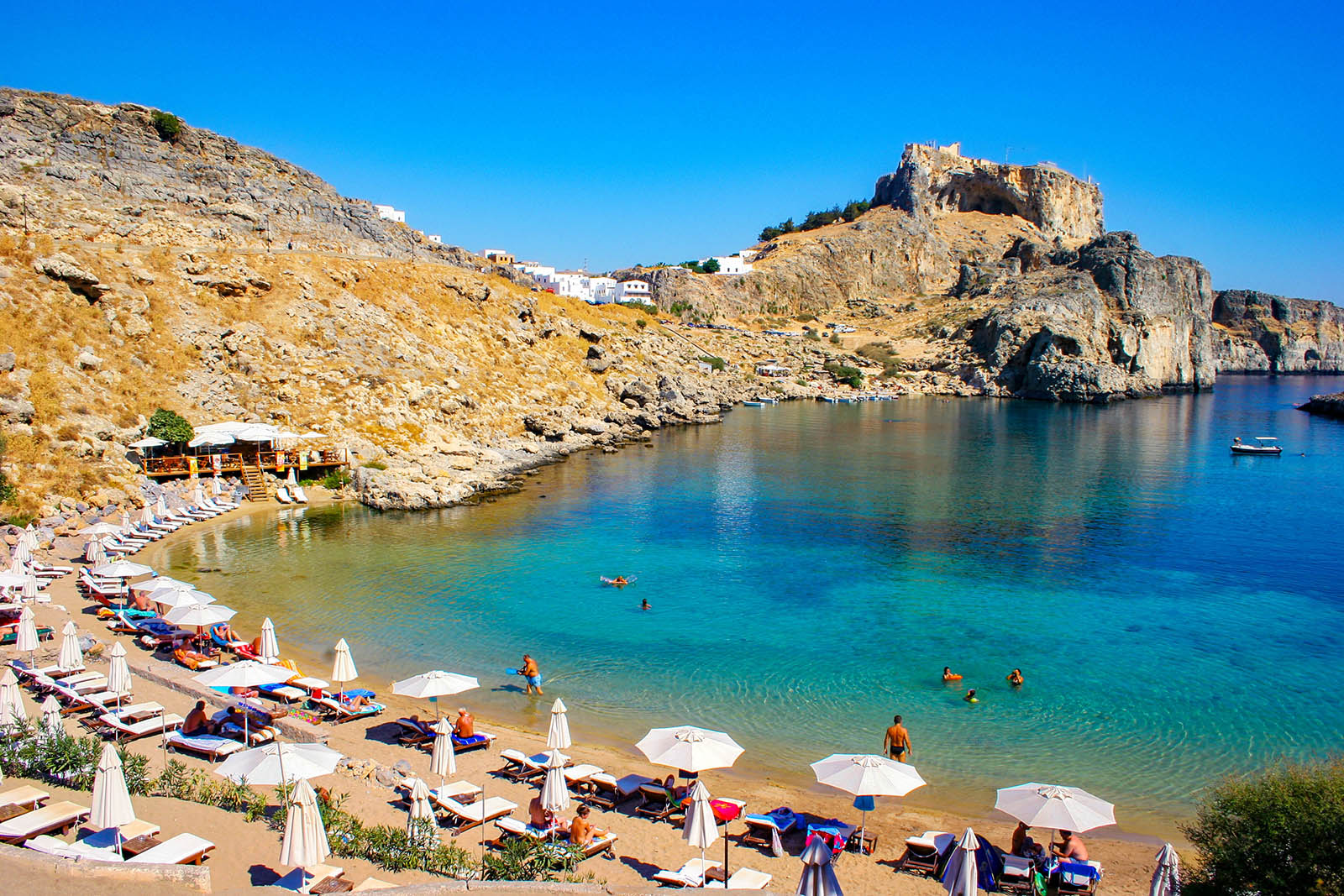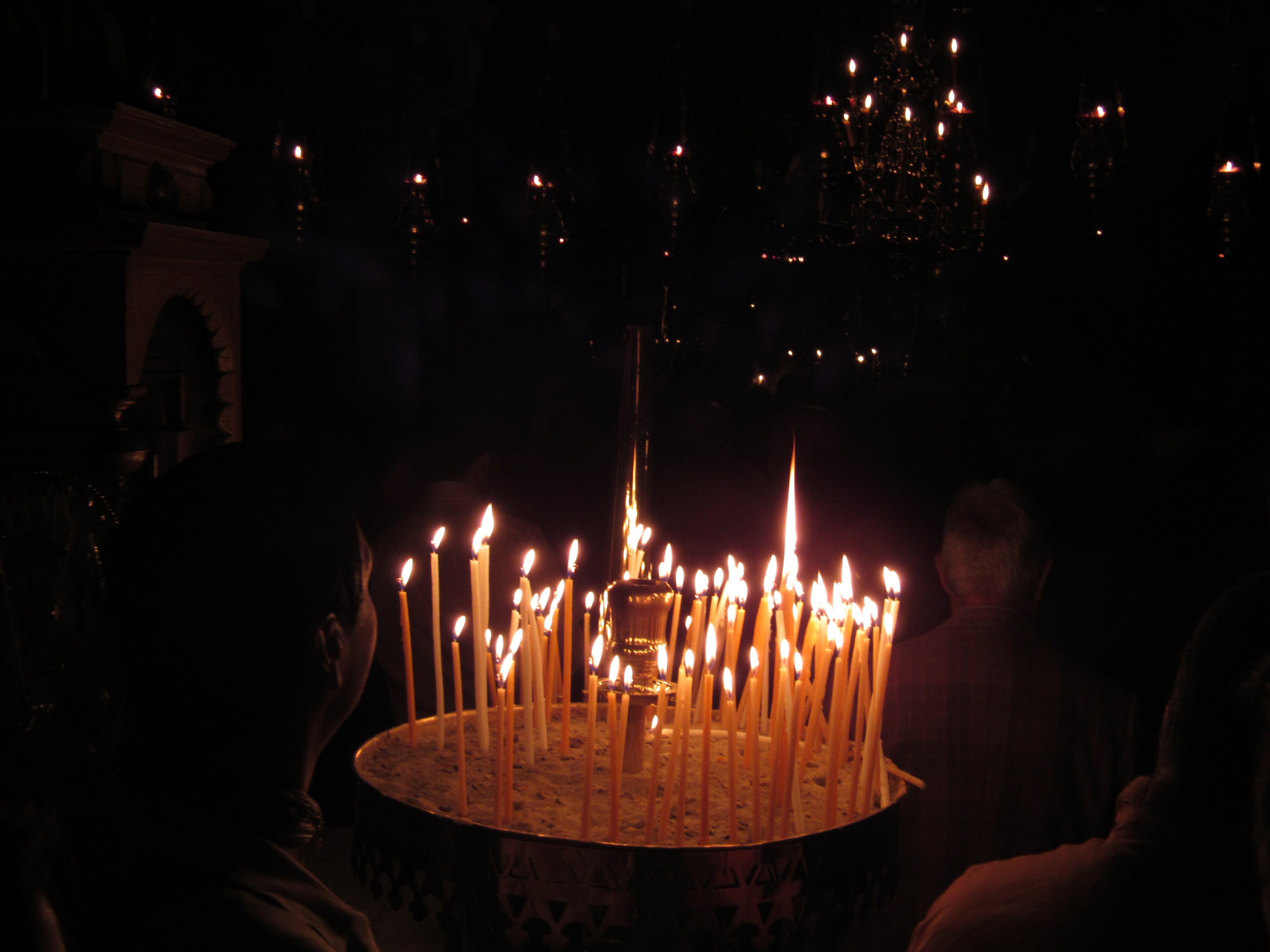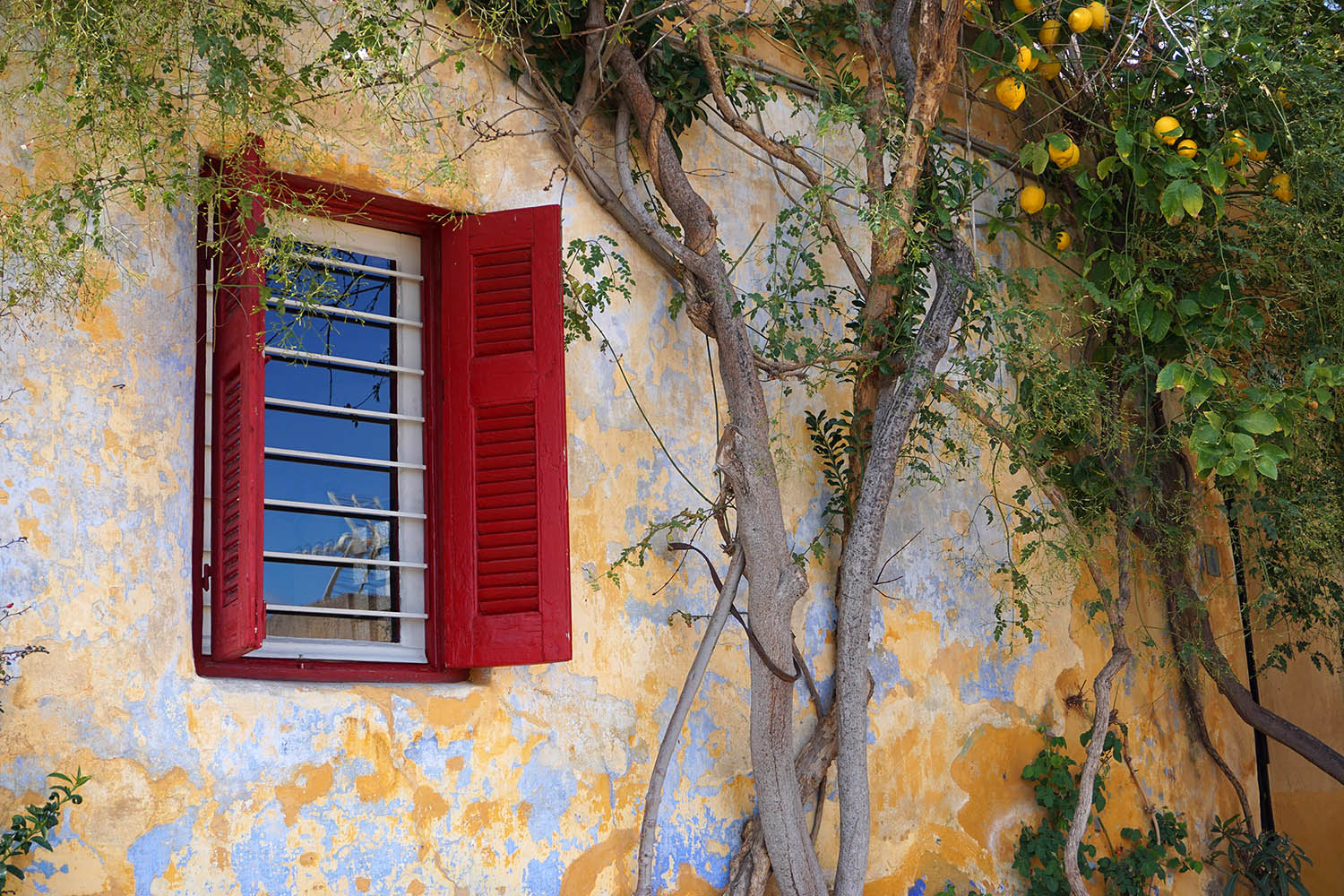By on 12-07-2022
Share this post:
The beautiful island of Corfu may be mostly known for its historic town and its seafront resorts, although it has so much more to offer! This gem of the Ionian sea is in fact every nature lover’s dream!
Are you into hiking, trekking, diving and exploring?
The island’s inland and coastline are equally fascinating, with wonderful places to visit that will allow you to reconnect with nature and experience the magical atmosphere of an unspoiled natural landscape!
Corfu offers plenty of opportunities to those who are seeking ways to enjoy the outdoors, no matter whether you are a mountain or sea person.
To help you organize your holidays, we have come up with a few ideas as to what to do in Corfu as a nature lover. We have also included the top natural attractions in Corfu, such as waterfalls, lakes, sea caves, beaches and more awesome locations!
Keep reading to find out!

Swim in the famous Canal d’Amour
The area of Sidari offers some of the most spectacular natural wonders in Corfu! Sidari is only located 35 km away from Corfu Town, on the northwestern side of Corfu and it is considered one of the top locations to visit on the island.
The area has a unique kind of natural beauty, combining exotic sea waters with dense vegetation and fascinating rock formations.
There are a few small coves for swimming in Sidari that you will have the chance to explore while hiking around the area, although most visitors get there to see the famous Canal d’ Amour and swim in its turquoise waters.
The Canal d’ Amour or Channel of Love is a naturally formed narrow sea channel. The cliffs of the channel are made of sandstones and have been sculpted by the waves over the course of thousands of years, resulting in an unusual geological phenomenon.
You can get there on foot and in fact, there are several small paths and manmade or naturally formed steps in the area, allowing you to hike above the cliffs to get a glimpse of the view.
Once you get to the canal to swim, you will also have the opportunity to discover sea caves, hidden among the rock formations. If you are into diving and snorkeling, make sure to bring along your equipment! The sea bottom is quite shallow but nonetheless interesting, with numerous types of fish and sea vegetation.
Local folklore says that couples who swim together all the way through the channel to the open sea will always be together, while tossing a coin in the water will grant everlasting love!
Apart from the main channel, in the area of Sidari you will also find a few other sandy beaches that are not as popular as the Canal, although they still attract many visitors. Some of them are organized.
Keep in mind that the cove at the channel is in fact tiny and it easily gets overcrowded during the summer. To be able to enjoy the magical landscape without having to deal with a crowd of tourists, we recommend getting there during the early morning hours. Another bonus is that the sun will not be too bright, allowing you to explore around the area on foot more comfortably.
Discover the enchanting Waterfall of the Nymphs
Hidden among oak and pine trees, the Waterfall of Nymfes is one of the most idyllic places that one can visit in the countryside of Corfu! The area is located on the northern part of the island and it is covered with dense vegetation, offering the perfect conditions for hiking at any time of the year.
There is a 5 km hiking trail that takes you to the waterfall, which requires about one hour and a half to complete and it is considered fairly easy. You can either along the main road or get a bit deeper into the greenery and walk through olive groves.
To get there, first of all you will have to reach Nymfes village, a quaint little village, built on the foothills of Mount Pantokratoras, at an altitude of 200 meters. The small traditional settlement is considered one of the island’s most authentic villages and it is full of both abandoned and well-preserved houses with a traditional style of architecture. The village is surrounded by lush nature, giving some idea about the magical scenery you will encounter at the waterfall.
The path to get to the waterfall starts right outside the village, after passing by a football pitch.
What makes this waterfall so special though?
Apart from being the island’s highest waterfall (10 meters high), the place has been connected to fairytales and myths since antiquity! Both the village and the waterfall were named after the Nymphs, the ancient female deities of nature. Legend has it that they would reside in the forest and bath in the crystalline streams at the waterfall!
Note that a few smaller waterfalls are located nearby but they may dry out completely during the summer, especially in extremely hot weather.
Another interesting fact about this area is that it is one of the very few places outside of Asia where kumquat trees can grow naturally and thrive in the wild due to the climate. The tangy citrus fruit is a staple in Corfu; it is used to make liqueur, fruit preserves and other traditional products.
Go birdwatching at Lake Korission
Hidden behind golden sand dunes, Lake Korission is the biggest saltwater lake in Corfu. The lagoon is located on the southwestern part of the island and it takes less than an hour to get there from Corfu Town by car via a dirt road. Lake Korission was formed thousands of years ago and its waters never dry out. A thin strip of land separates the lake from the sea, forming the beaches of Chalikounas and Issos.
Covering an area of 24 km2, Lake Korission is the richest natural biotope on the island, housing numerous species of fauna and vegetation. The lagoon and the surrounding area is part of the Natura 2000 network to protect and preserve the local biodiversity.
The unspoilt natural landscape at this location has made the lagoon popular among nature enthusiasts and it is one of the top places to go if you want to get to know the wildlife of Corfu! The lake houses more than 120 types of birds in total, including flamingos, ducks, cormorants and egrets, as well as a few turtle species, snakes, bats, butterflies and tiger moths and of course various fishes, such as the rare Corfu Dwarf Goby, the Mediterranean Killifish and the endangered Valencia Toothcarp.
If you go to the lake to birdwatch, keep in mind that some species migrate, depending on the season. You will be more likely to spot a flamboyance of flamingos if you visit sometime during September!
The scenery is also quite fascinating in terms of vegetation, with reeds, water lilies and many other types of plants that surround the lagoon, including orchids and tamarisk trees. You will also find an unusual cedar forest between the coves Chalikounas and Issos, which has also been listed as a Natura 2000 site.
Another interesting fact about the lake is that the local community had been relying on its rich ecosystem for thousands of years and more specifically, since the early Old Stone Age, as some archeological findings suggest. The lower jawbone of a hippopotamus that dates to ~100,000 BC has also been discovered in this area!
Tip: going to the lake can be combined with a visit to the beaches Chalikounas and Issos. They are both sandy, with shallow waters and an unorganized seashore for the most part. They do not get crowded, allowing you to enjoy the beauty of the unspoiled landscape. For supplies, you can head to the beach bar or one of the stores of Agios Georgios, which is the biggest settlement in the area near the lake.
We also recommend stopping by the eco-farm Bioporos and its restaurant, which offers organic meals, made with locally and sustainably grown products.
Walk the Corfu Trail
The Corfu Trail is the ultimate experience for hikers who want to explore all the natural wonders of Corfu!
It is a 220 km long trail that takes 10 days (or 50 hiking hours) to complete and it is suitable for anyone into long distance hiking. It is divided into 12 sections and you will be free to pick any point as the starting one. Hikers usually stop at most sections to spend the night.
Shortcut routes but also side routes are also available and it is possible to omit some parts altogether by either leaving them out or by using a vehicle to get to the next point.
In reality, the Corfu Trail can take anywhere from 8 to 12 days due to the route variations.
Although long distance hiking requires a certain level of physical fitness, the trail is only considered moderately difficult and it is popular among hikers, trekkers and backpackers alike. Designed carefully in 2001, the Corfu Trail leaves out extremely steep areas and difficult to cross passages but without depriving you of the chance to see the island’s wildest and most scenic places!
This hike is the ideal opportunity to get to know the unique natural landscape of Corfu and discover its high degree of diversity! Hikers get to explore the countryside of the island, including both its inland and coastline. The path crosses olive groves, fields, forests, valleys and villages, passes through gorges, allows you to walk alongside rivers, cliffs and headlands, climb mountains and more!
The starting point of the trail is located in the area of Kavos. Some of its highlights are the impressive coves of Myrtiotissa Beach and Agios Spiridon Beach. You will also get to visit Lake Korission, walk right by the river Megapotamos and set foot in Parigori Gorge. For those who enjoy hiking in the mountains, the trail allows you to see Agii Deka Mountain, the second tallest mountain in Corfu and also experience the “Karst Plateau” walk on Mount Pantokrator.
Explore the sea caves of Paleokastritsa
You may have already caught a glimpse of the scenic coastal landscape of Paleokastritsa in the famous James Bond movie “For Your Eyes Only”. This is one of the prettiest areas of the island, with lots of hidden gems to discover besides the obvious well-organized beach sections that attract numerous visitors.
In the area of Paleokastritsa, 25 km from Corfu Town, you will find a few small peninsulas that are entirely covered by lush vegetation and surrounded by crystal clear turquoise waters. The cliffs around the beaches combined with the vivid colors of nature create a magical atmosphere, turning Paleokastritsa into an exotic setting!
The seabed is fascinating here and a few diving centers have been established on the seashore to welcome scuba-diving and snorkeling enthusiasts.
The most beautiful parts of Paleokastritsa, however, are the ones that remain out of sight. Below the cliff sides, there is a network of sea caves with emerald waters and remote beaches, covered with pebbles, that can only be reached by boat.
The complex consists of 6 main caves with unique features and stunning rock formations that are quite small but worth approaching.
Among them, you will find the Blue Eye Cave which stands out for its bright blue waters and houses lots of fish. You will also get to see Agios Nikolaos Cave with its purple-tinted rocks and Nausika’s Cave, where Ulysses was saved by Nausika according to Homer’s Odyssey. The Breathing Cave was only recently discovered and it is a challenge even for experienced divers, with parts that remain unexplored.
Many boat tours around the area of Paleokastritsa are offered, taking you to the caves and to various secluded coves that are otherwise unapproachable. Most boats are small enough to fit in at least a few of the caves. In addition to the regular tours offered by the locals, there are private tours and you may also have the opportunity to rent a boat on your own.
Accommodation: Book your stay in Corfu at Delfino Blu. This wellness boutique hotel will offer you the most comfortable holiday combining luxury, natural living and modern amenities just a stone’s throw away from the beach!



